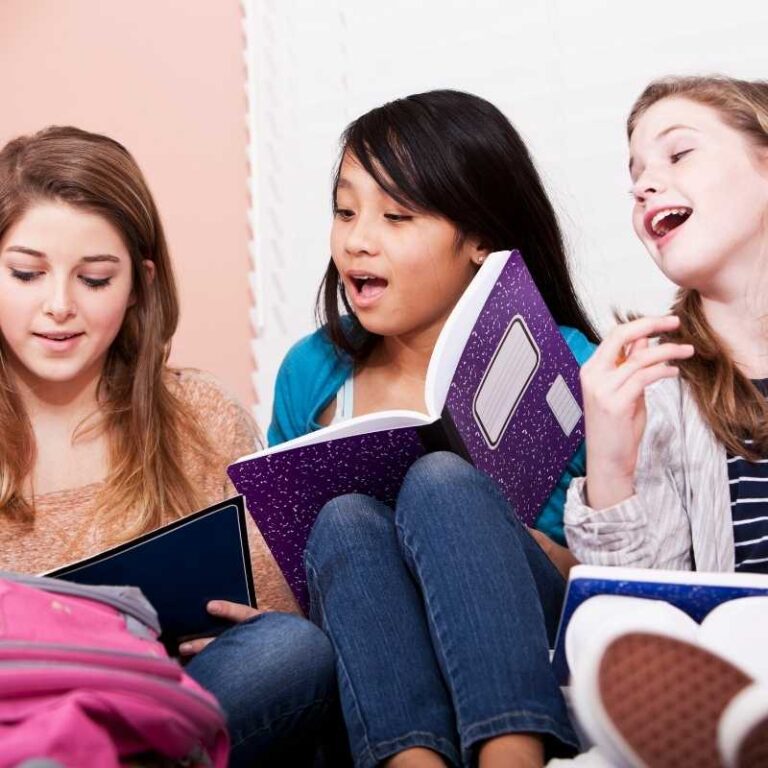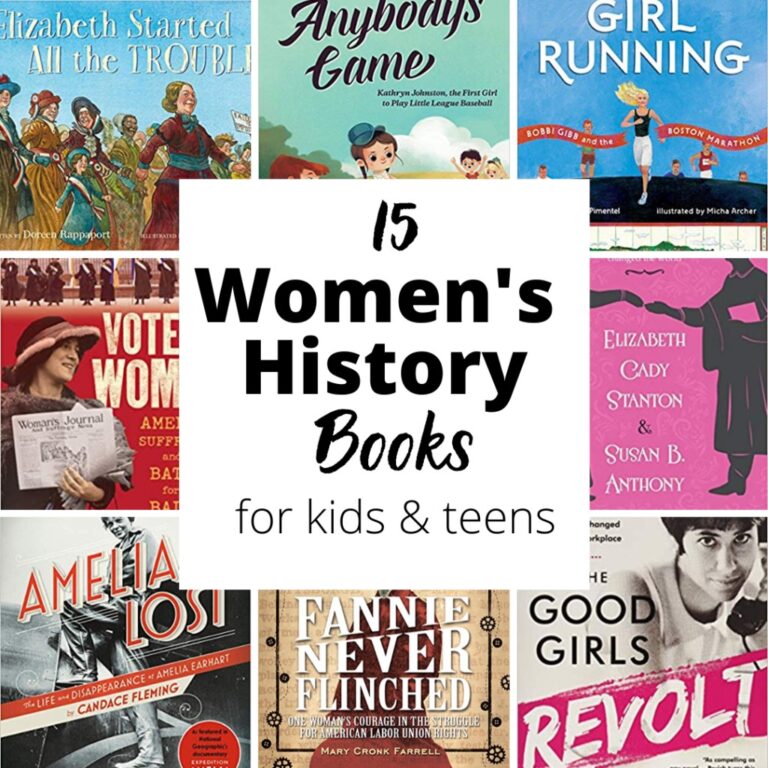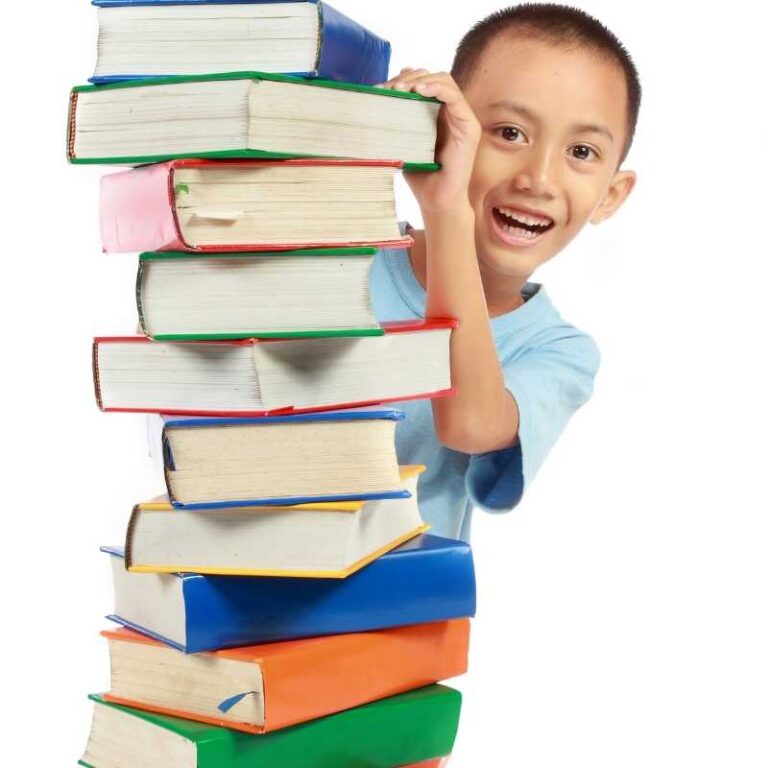Bullying Books for Kids + Printable Kindness Cards
Navigating the topic of bullying can be tough, but guess what? There’s a whole library of compassionate and insightful books out there designed to help kids understand and deal with bullying. Whether you’re a teacher building a kinder classroom community or a parent wanting to empower your child with empathy and courage, these bullying books for kids are like having a heart-to-heart in paper form.
These stories are more than just pages—they’re conversations starters, they’re a hug when words are hard to find, and they’re a guide when the path seems a bit rocky. From picture books with bold illustrations to chapter books that dive deep, each one offers a unique perspective on bullying, showing kids they’re not alone and giving them the tools to stand tall.
So, let’s explore these empowering reads that are perfect for sharing with the young readers in your life. They’re not just books; they’re stepping stones to building kindness, understanding, and resilience.
As with many subjects, it can be a little scary or overwhelming to talk to kids about bullying so we’ve listed some tips, some great books about bullying for kids to help get the conversation started, and a fun printable to encourage kindness.
This post may contain affiliate links. If you make a purchase, I may earn a small commission at no extra cost to you. As an Amazon Associate, I earn from qualifying purchases. Read more about these links in my disclosure policy.
What is Bullying?
Bullying comes in many forms and all bullying is bad. Some bullying behaviors may not be as extreme as others but that doesn’t make them any less harmful or upsetting.
Ask your children if they have been bullied or seen someone being bullied and what that looks like. Here are some things that bullies do:
- Name-calling
- Teasing
- Physical acts like hitting, punching, tripping, etc.
- Threatening harm
- Embarrassing someone on purpose
- Spreading rumors about someone
- Excluding someone on purpose
Where Does Bullying Happen?
Bullying usually happens away from other adults. Playgrounds and buses are common places for bullies to lash out but some will act quickly the moment and adult turns their back.
5 Signs Your Child May Be A Victim of Bullying
- Your child suddenly dislikes school or begins to do poorly.
- Your child has injuries they can’t explain.
- Your child appears sad or often comes home upset.
- Your child makes excuses about why they can’t go to school.
- Your child is afraid to join activities that involve other kids.
5 Signs Your Child May Be A Bully
- Your child has been the victim of a bully in the past.
- Your child is very proud.
- Your child justifies behaviors by blaming others.
- Your child doesn’t recognize, understand or care about the feelings of others.
- Your child likes to be in control.
5 Way to Talk to Kids About Bullying
1. Avoid asking “how was school today?” Instead, ask open-ended questions such as:
Who did you sit with at lunch or on the bus? What did you talk about?
Are there any kids at school that you don’t like? Why?
Are there any kids at your school who are mean? What do they do?
2. Read books that help kids to recognize bullying and learn what to do about it. There are quite a few heartwarming books that tackle this tough topic with grace and kindness.
We recommend these ones:
The Juice Box Bully by Bob Sornson and Maria Dismondy is an excellent pick for teaching kids about the power of standing together against bullying. It introduces the idea of the "Promise" where kids pledge to protect each other from bullying.
It's a practical and empowering story that encourages kids to speak up and shows that everyone has a role in making school a happier and safer place.
Stick and Stone by Beth Ferry is a gem of a book with a simple yet powerful message about friendship and standing up for others. Stick and Stone are lonely until a chance encounter brings them together. It's a story about how brave acts of kindness can forge lasting friendships.
The rhymes are catchy, and the illustrations are adorable, making it a hit for storytime!
Stand Tall, Molly Lou Melon is an inspiring tale about a little girl who learns to embrace her uniqueness and stand up to a bully with her grandmother's wise words. Molly Lou Melon's confidence and resilience are infectious, and it's a wonderful way to show kids that being different is something to celebrate, not hide. The illustrations are as vibrant as Molly Lou's personality!
Be Kind is a sweet story that explores what kindness really means. It doesn't directly address bullying, but it's a powerful book for building the empathy and compassion that are so essential in preventing bullying. Through simple acts of kindness, it teaches children that even the smallest actions can make a big difference in someone's life.
3. Believe what your child says. Sometimes the acts of a bully may seem extreme and it can be a normal reaction to say “there’s no way that could have happened!” Be the person who believes in your child even if what they say doesn’t seem true.
4. Discuss how to deal with a bully. Many times children are told to just ignore the bully or to stand up for themselves. This advice is often not very practical and will usually lead to the situation continuing on even longer.
Who is an adult your feel safe talking to when something happens?
Where does bullying happen? Can we avoid these situations?
Do you have a buddy that you feel safe with?
Or simply ask, How do you want me to help you?
5. Teach children to be stewards of kindness. Even if your child is not bullied they have likely witnessed it happening. Encourage your child to:
Sit with someone new at lunch.
Play with someone new on the playground.
Follow the golden rule.
Think about how their actions can affect others.
Do kind things for other people such as sharing one of the kindness cards below.
For more resources on bullying, go to StopBullying.gov.
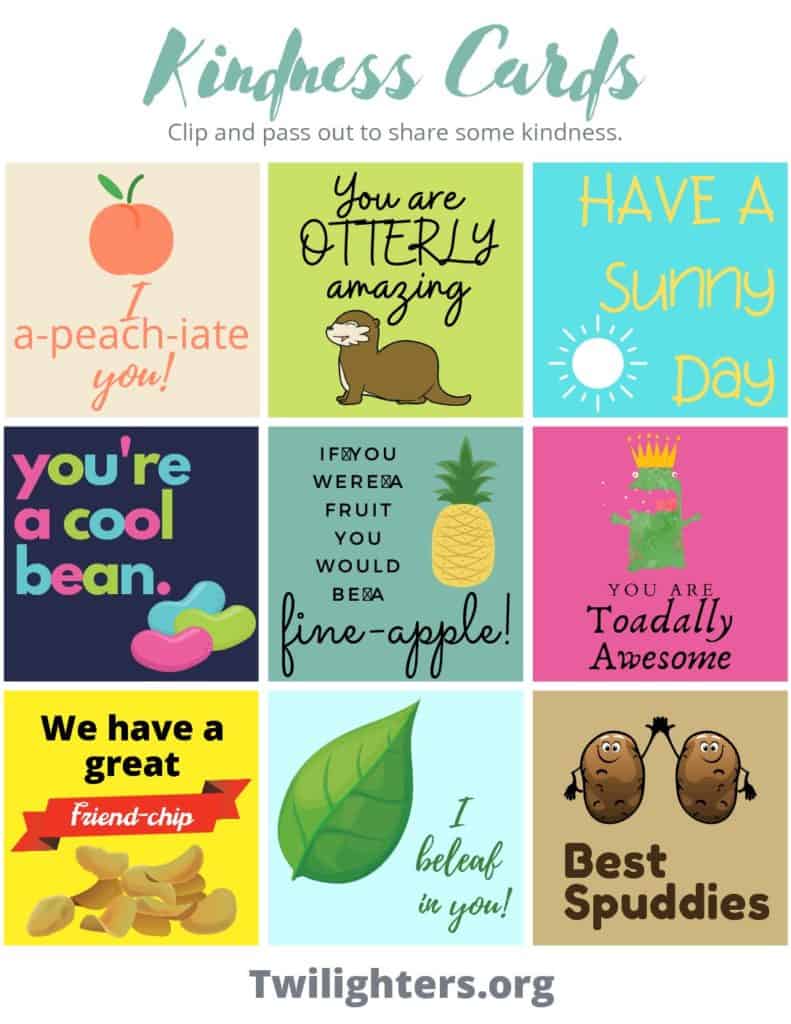
Download the printable Kindness Cards PDF here.
Pin this for later.
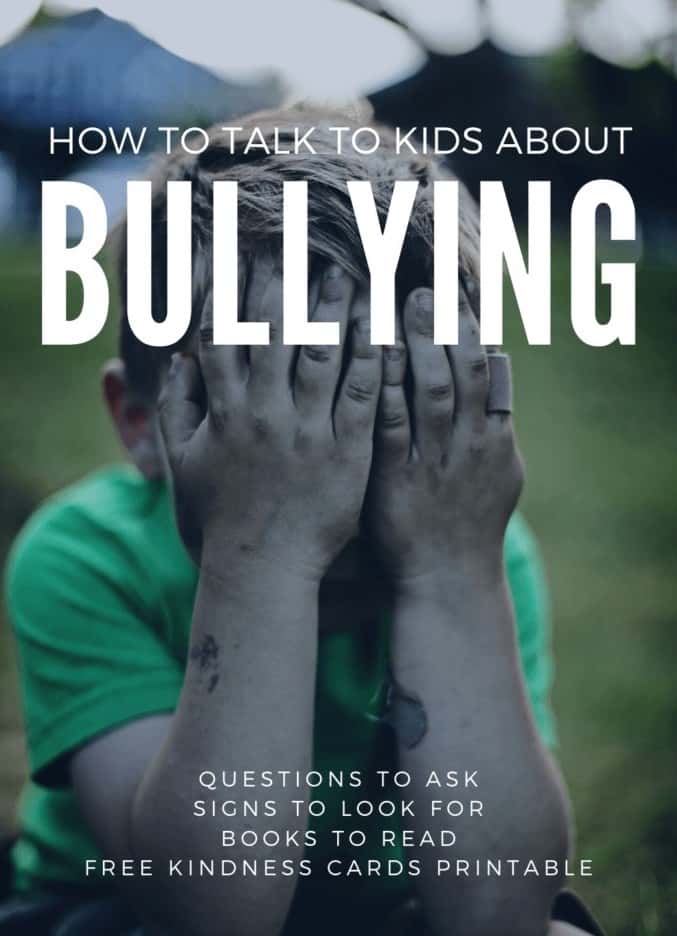

MEET THE AUTHOR
Amanda
As a mom of 4 kids (and the oldest of 4 kids herself), Amanda has over 30 years of parenting experience. A former special education teacher, Amanda has a Master’s degree in Special Education and a second M. Ed. in Educational Leadership.
When she’s not working, Amanda enjoys DIY projects, exercising, photography, and long walks through Target.
You can find Amanda on all social media at @parentingnestblog and @amandaseghetti










